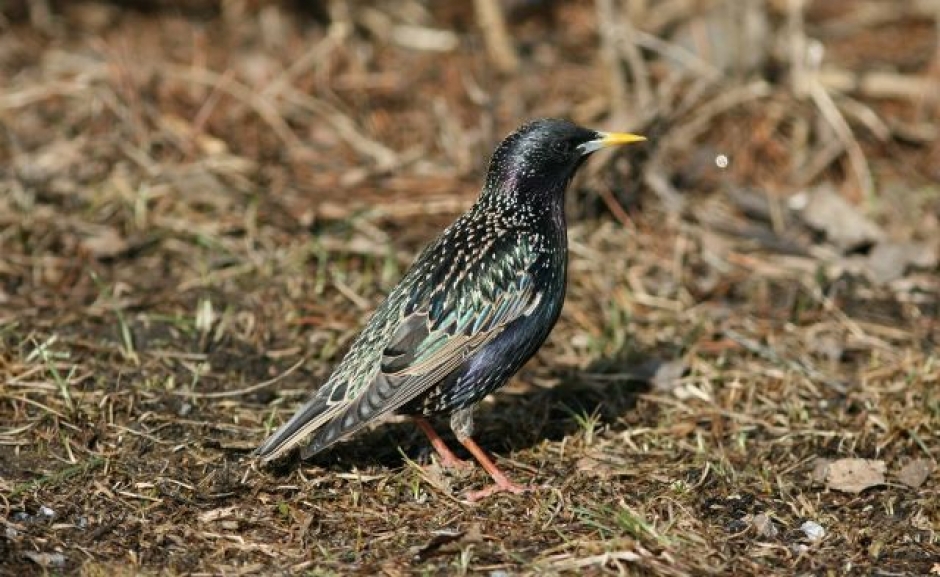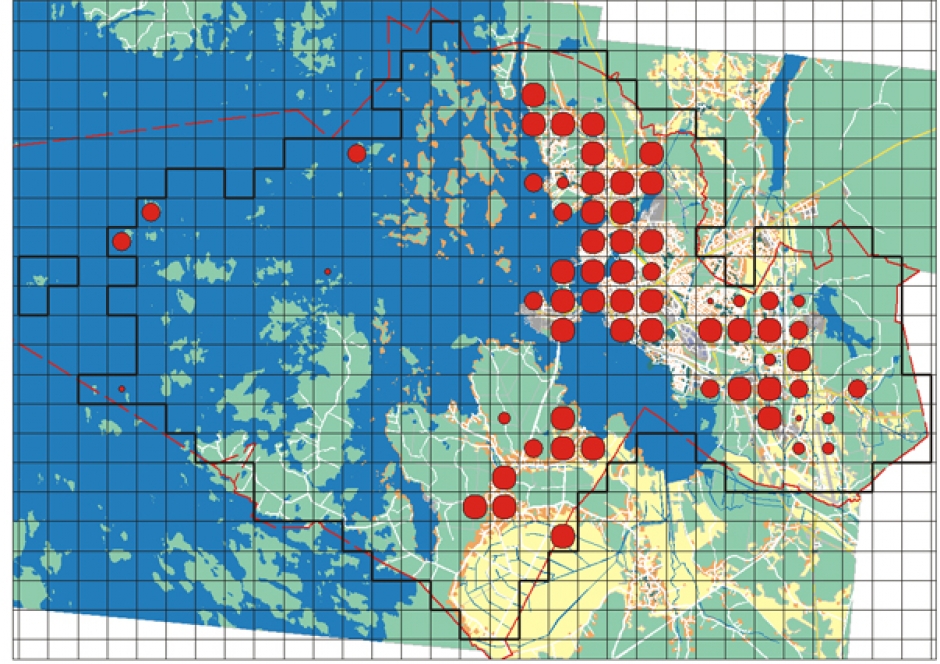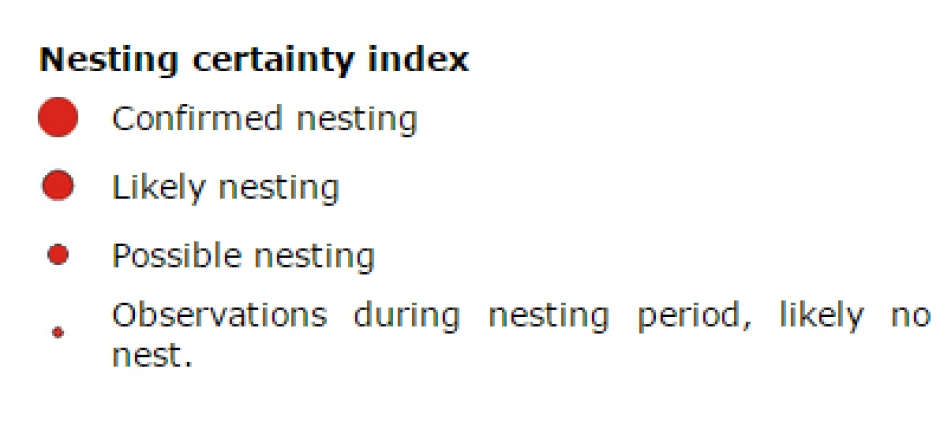European Starling
Sturnus vulgaris

General information. The European starling has previously been a common nesting species in Finland, yet populations have dwindled since the end of the 1970’s. During a follow-up period of the latest 22 years, the decline rate has been estimated at 65%. However, the regression stopped in the mid 1990’s and according to the latest surveys, the nesting starling populations have grown. This has occurred in, for example, Ostrobothnia and the Pohjois Karjala region during the 21st century.
- Length 22 cm
- Nest is built in tree cavities or nesting boxes
- Winters in western Europe
- Feeds on insects, earthworms, berries and fruit
Habitat. The European starling is relatively flexible in its habitat selection. It can be found in rural village communities and near farmlands. In a city environment, the starling can be found nesting in parks, industrial areas and detached housing areas. Of prime concern for the starling is finding a suitable nesting site, as it is a cavity nester.
Distribution in Vaasa. The European starling was observed in approximately 60 survey blocks. The nesting areas were concentrated in built up areas in the city and the Sundom village. It does not nest in closed forest areas.


